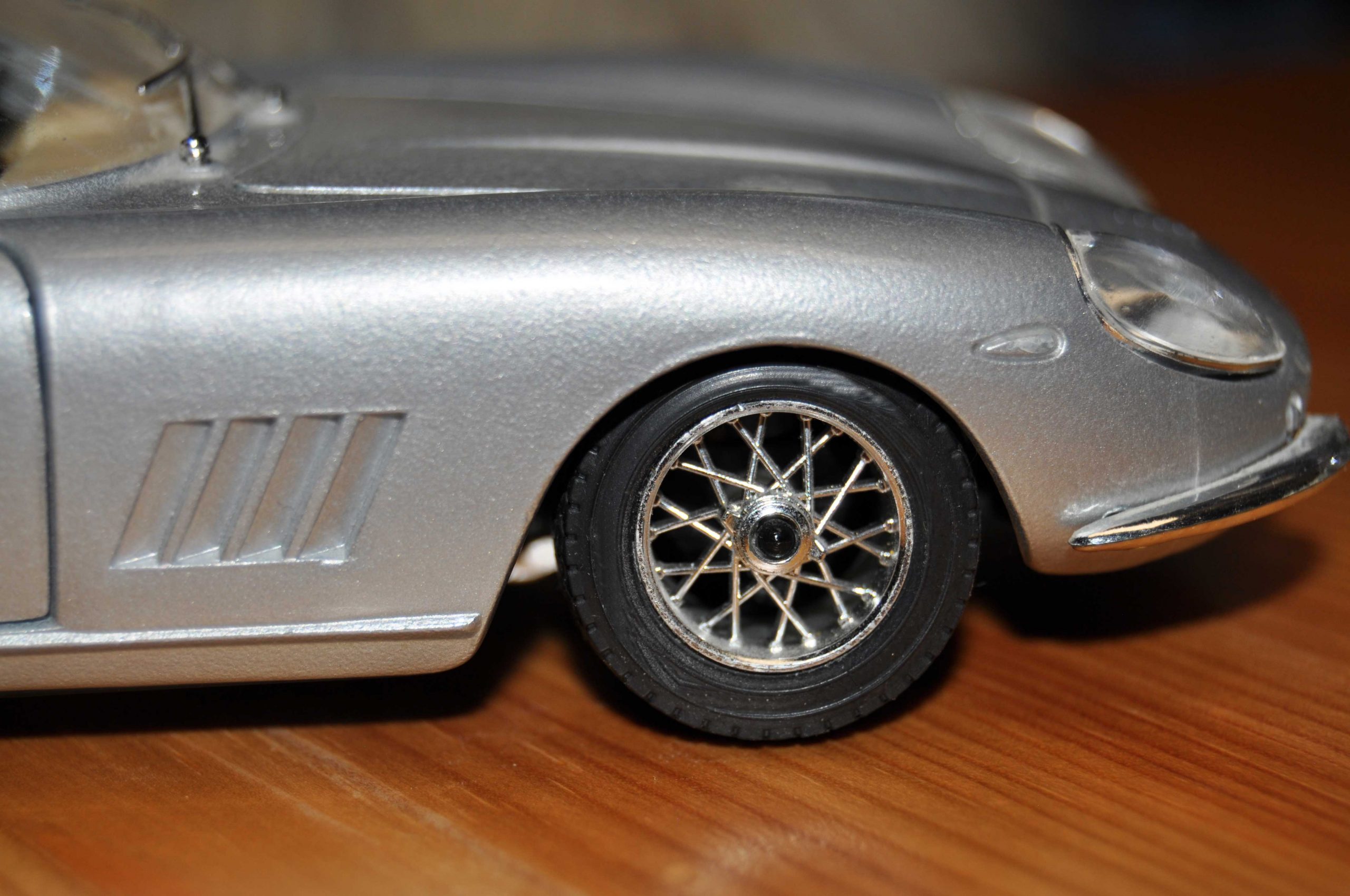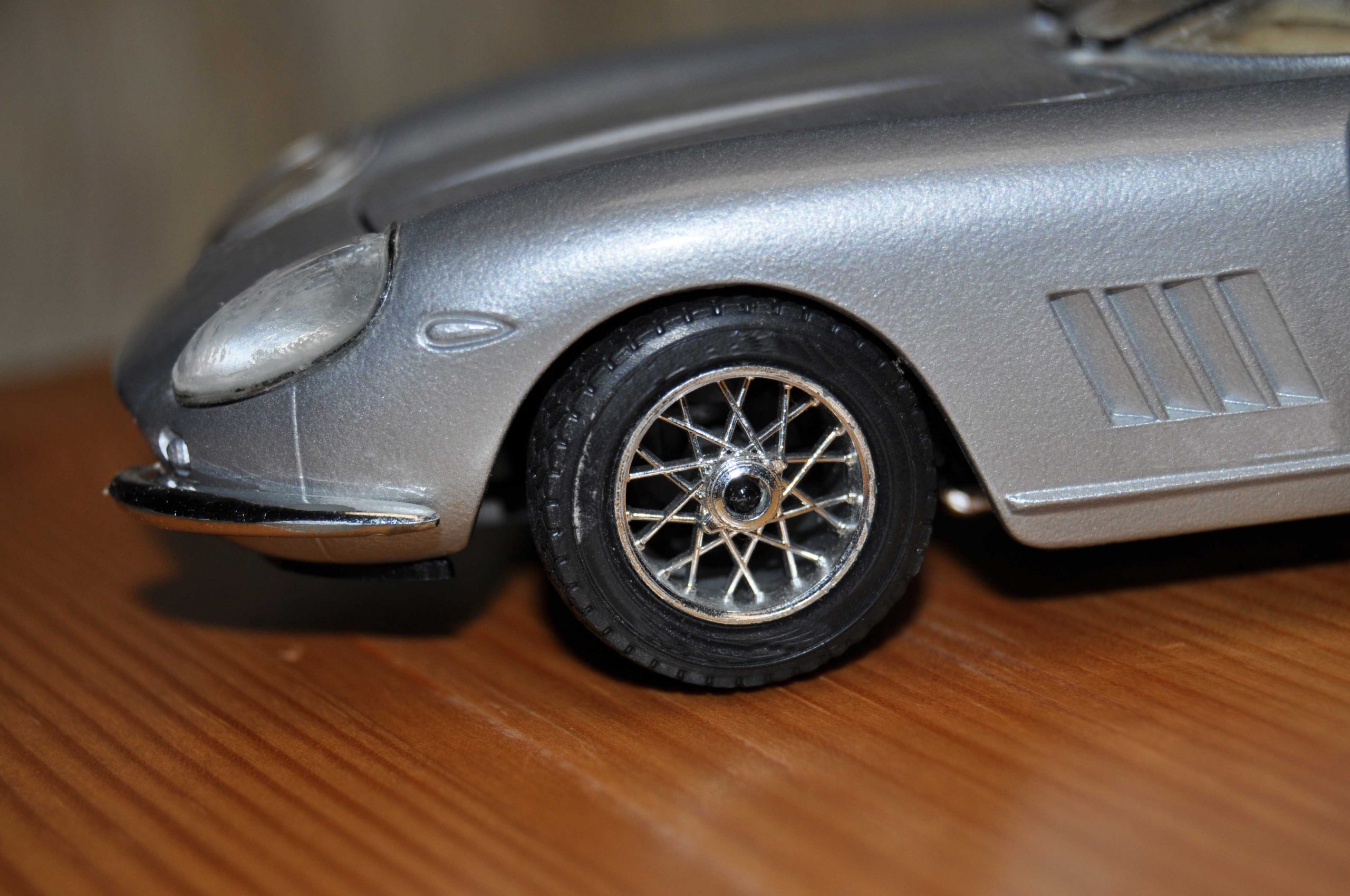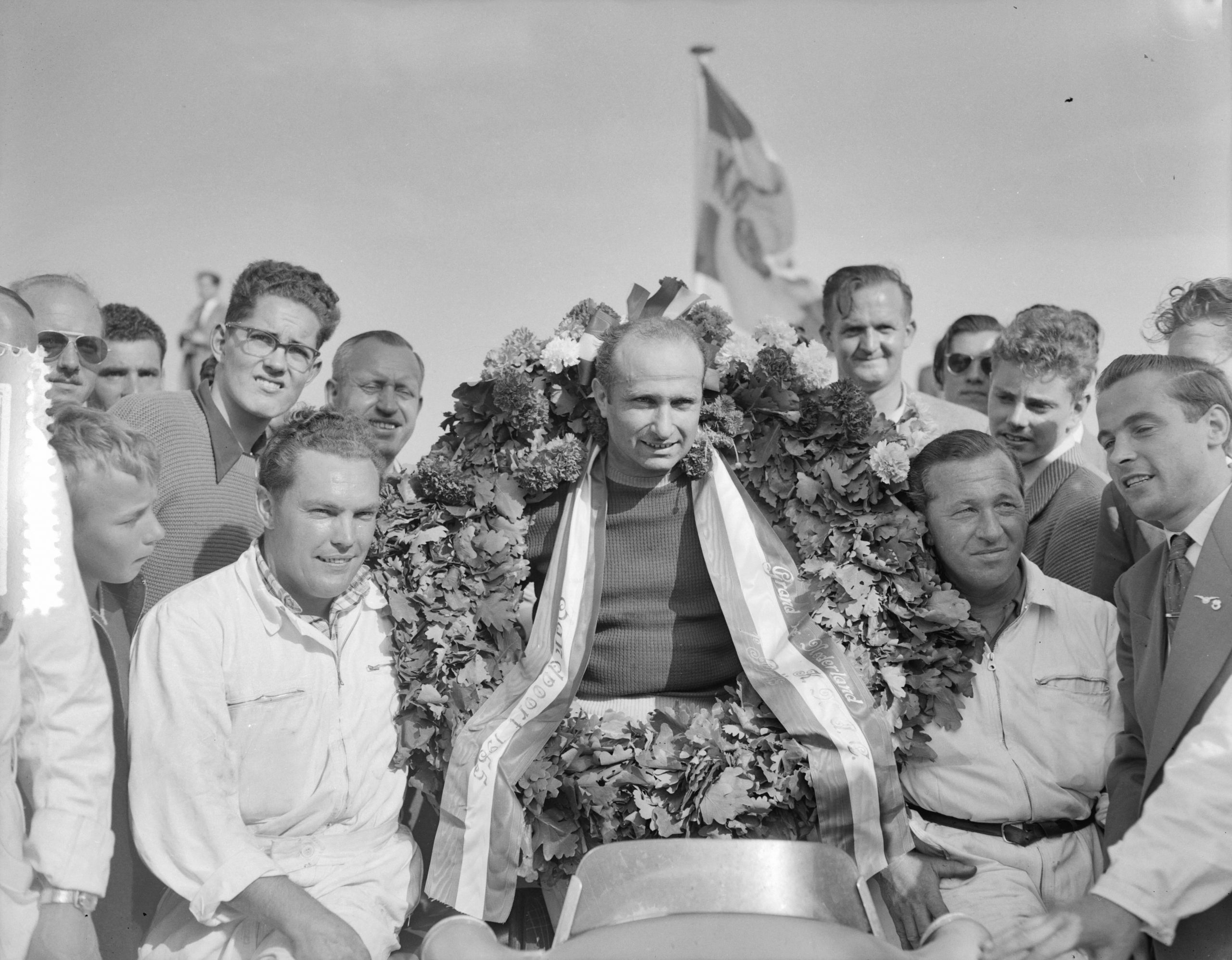In 2023, the 24 Hours of Le Mans celebrates its 100th anniversary.
When the 24-hour race of Le Mans was held for the first time in 1923, the race track still ran through the middle of the town of Le Mans: for the inhabitants of the town in the north-west of France, it must have been a unique experience to see racing cars drive past their houses and flats at regular intervals for an entire day.
A car race one hundred years ago took place within completely different dimensions than today: although the top speed of the fastest participant was only about 145 km/h, the thrill was all the higher. At that time, the 24-hour race was not yet a fully organised machinery, but one thing above all: a car race with the great peculiarity that it lasted for 24 hours.
For safety reasons, the race track was moved out of the city centre in 1932. To this day, however, the 24-hour race is held on the Circuit des 24 Heures, which is located south of the city of Le Mans.
The car that has covered the greatest racing distance after 24 hours wins the race. More than a quarter of a million spectators flock to Le Mans every year to watch the race: It is a tradition not to stay in hotels, but in tents directly at the race track.
The classic champagne shower, which is a must at the end of every Formula One race, was invented by racing driver Dan Gurney at Le Mans in 1967.
Test laboratory and champagne shower
The 24-hour race at Le Mans is considered the test laboratory par excellence when it comes to technological advancements in the world of automobiles: dual-clutch transmissions, turbo engines, direct petrol injection and disc brakes – these are all technologies that have become indispensable in the world of automobiles today. Almost all of these technologies were tested by car manufacturers on the extremely wear-intensive Le Mans racetrack in order to later find their way into cars for the masses.
It was not only innovative technologies that were developed on the Le Mans race track: the classic champagne shower, which is a must at the end of every Formula One race, was invented by racing driver Dan Gurney at Le Mans in 1967. It was not until 1969 that Formula One began the tradition of the champagne shower.
In the early years of the race, only the driver himself was allowed to carry out repairs to the vehicle with the on-board tools. Today, it is also permitted to have repairs carried out by mechanics – but the vehicle must reach the pit lane without outside help.
High proportion of full throttle
Traditionally, the 24 Hours of Le Mans takes place in June, on one of the shortest nights of the year: a significant part of the race takes place at night – this part of the race is generally considered to be the most exciting, as the drivers have very poor visibility and still drive at speeds beyond 300 km/h on the straights.
The proportion of full throttle on the Le Mans circuit is very high: in earlier times, the drivers drove up to 400 km/h on the straights, but for safety reasons, such high speeds are no longer driven today. The high proportion of full throttle on the racetrack results in high stresses for the bodywork and components: That is why the track is considered one of the most abrasive race courses in the world. Even today, it is not guaranteed that a car will last the whole race: Often a solid quarter of the participants drop out of the race because the car breaks down on the track.
Due to the length of the race, three-man driver teams compete and the drivers take turns in the course of the race. Until the 1980s, the driver teams consisted of only two drivers each.
Ignition lock on the left side of the steering wheel
Until 1969, the drivers completed a special ritual before the starting gun was fired for the race: at the legendary Le Mans start, the drivers had to sprint as fast as possible across the track to their cars, which were lined up on the opposite side next to the pit lane.
To make this process as fast as possible, one sports car manufacturer thought of something special: The aim was that as soon as the driver got into his car after the sprint, he could drive off as quickly as possible.
In order for the driver to be able to engage first gear with his right hand as soon as he got in, the manufacturer mounted the ignition lock on the left side of the steering wheel. Normally, the ignition lock was located on the right side of the steering wheel, as is the case with most vehicles to this day.
With this technology, the driver could start the engine with his left hand and engage first gear with his – now free – right hand.
The ignition lock on the left side of the steering wheel is still installed in the same way in the production vehicles of this sports car manufacturer: It is just one example of a technology that, starting at Le Mans, found its way into the everyday lives of many car enthusiasts.
Due to protests and safety concerns, the well-known Le Mans start was dropped from 1970 onwards; to this day, the race is started with an introductory lap and a flying start.
Without that film starring Steve McQueen, the 24 Hours of Le Mans would hardly be what it is today.
Steve McQueen and Le Mans – Motorsport in its purest form
The 24 Hours of Le Mans is motorsport in its purest form: this is a statement that the legendary Hollywood actor Steve McQueen would probably have agreed with.
For McQueen, Le Mans offered a special fascination: in the city in the northwest of France, the “King of Action” saw all his dreams of motorsport fulfilled – he wanted to immortalise this passion on film.
In 1970, Steve McQueen realised his long-cherished dream of a motorsport film: the film Le Mans (1970) is still unique today and depicts motorsport as it was back then. The film lives above all from – for the conditions of the time – very elaborately and progressively shot racing scenes, the dialogue and the plot tend to take a back seat.
One thing is certain: without that film starring Steve McQueen, the 24 Hours of Le Mans would hardly be what it is today. The 24-hour race owes its enormous popularity all over the world above all to the Hollywood actor Steve McQueen, for whom motor sport meant his whole life.
Prestige
The 24 Hours of Le Mans may be only one of eight races that the FIA counts as part of the 24-hour race class: Nevertheless, the Le Mans race is the 24-hour race that enjoys by far the most prestige. The person who has once won the 24 Hours of Le Mans will certainly never forget this moment for his entire life: even for drivers like Jochen Rindt, who were actually mainly associated with Formula One, a victory in Le Mans (Rindt won in 1965) was an important career milestone. For Jochen Rindt, his Le Mans victory was even his springboard to a successful Formula One career.
To this day, car manufacturers demonstrate the technological development progress of their automobiles at the 24 Hours of Le Mans: Thus, the race not only plays a decisive role in the careers of racing drivers, but also in the development departments of the respective car manufacturers.
Cover picture: © Simon von Ludwig

 Deutsch
Deutsch Français
Français



